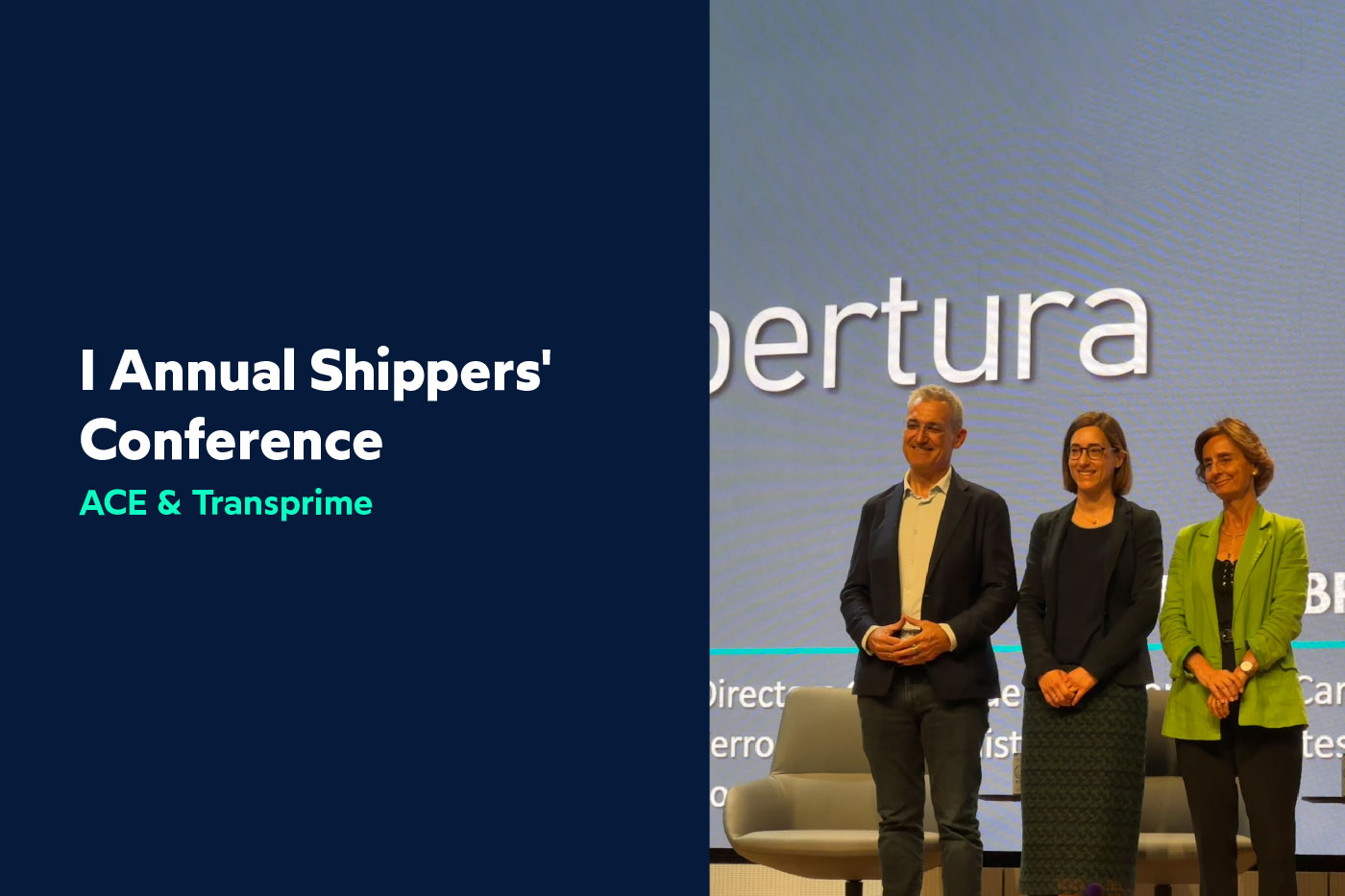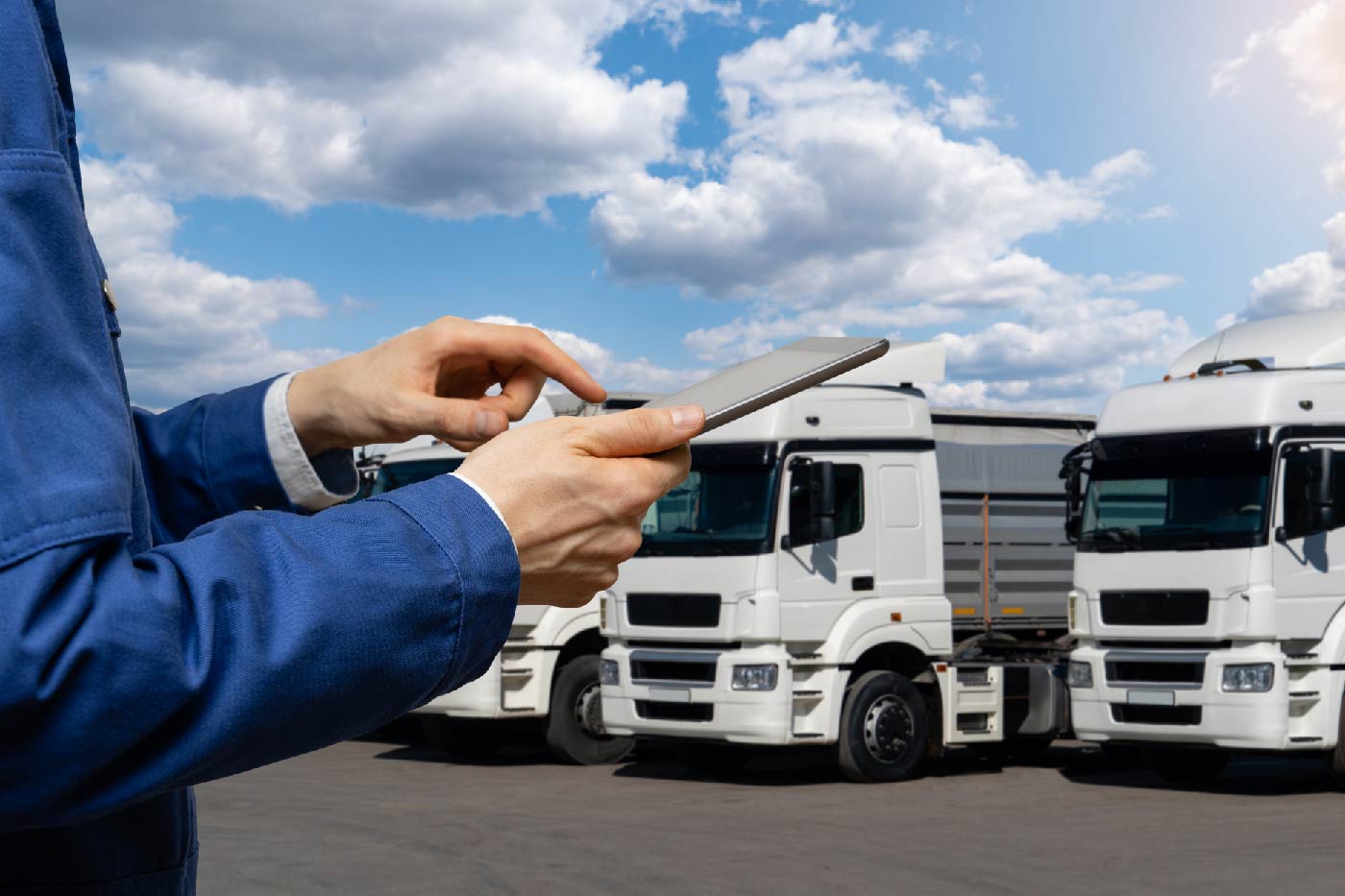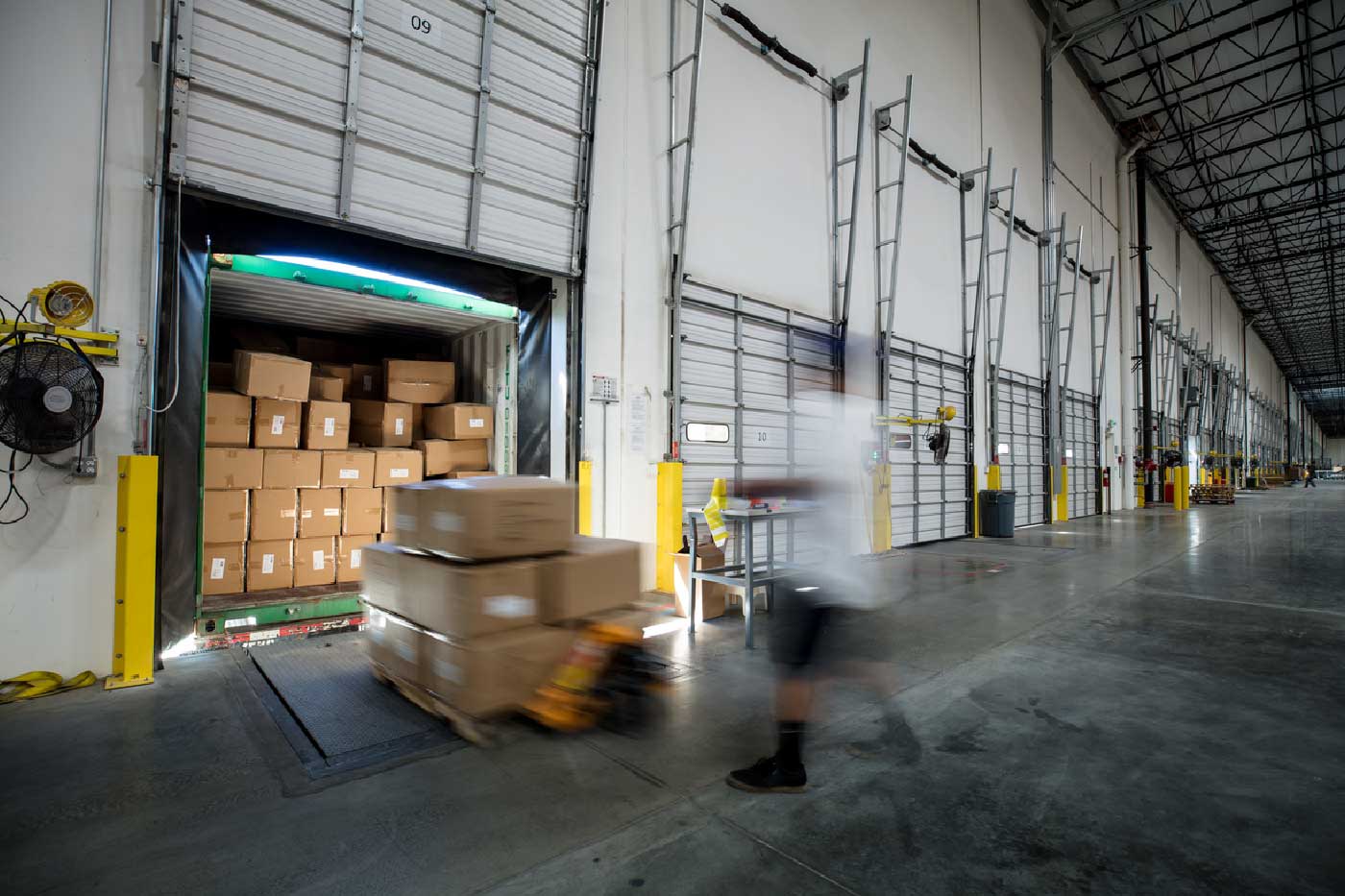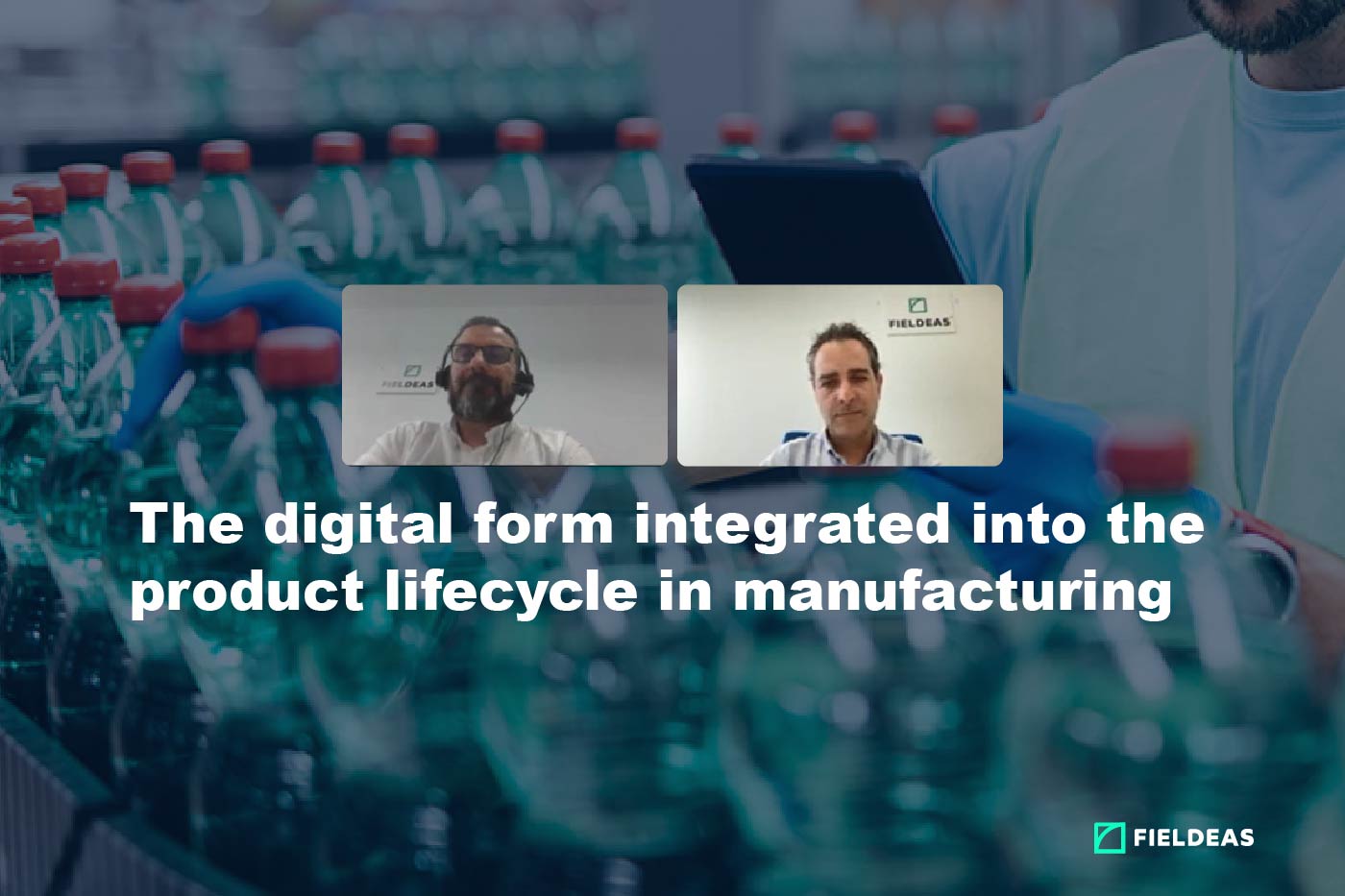Logistics must be sustainable. This requirement is increasingly common in an economy that seeks to limit its polluting emissions, in response to a growing social awareness in favor of the environment.
Climate change is an increasingly palpable reality. We are all involved in the task of mitigating its effects: companies, governments and, above all, society, which is demanding tangible and rapid results.
This social pressure leads companies in the sector to seek to reduce the environmental impact of their logistics and transport operations, beyond a simple marketing issue.
According to a Nielsen study, 55% of consumers are happier knowing that the products they buy are sustainable.
In response to a majority social demand, another analysis of the Oxford Economics reports that 88% of logistics managers in companies around the world are clear that sustainability is a critical element However, only 52% of them have implemented measures to reduce pollutant emissions from the supply chains they manage.
Sustainable logistics, a growing trend
These percentages show that sustainability is a growing value in logistics management, but that it still lacks a plus to be definitively transferred in activities in which price is a determining value.
In this context, sustainability in logistics has to go beyond pure marketing to become a competitive advantage.
However, this requires a transition from an activity based on the use of petroleum derivatives to more sustainable logistics.
All of this must take place, moreover, without companies losing competitiveness and with investment costs that can be assumed and that generate returns.
Sustainability and efficiency
Logistics is a heterogeneous sector and, consequently, progress in sustainability also varies greatly from one segment to another.
While in last mile and urban logistics, the electrification of fleets is progressing dynamically, in long distance there are not so many market options to reduce pollutant emissions with an affordable investment while maintaining service levels.
However, the process of energy transition to sustainable logistics is not only based on changing vehicles.
There are measures in other areas that allow for an effective reduction of polluting emissions in logistics and transportation activities.
Three areas of action for sustainable logistics
Specifically, measures can be implemented in three areas in search of more sustainable logistics:
About the equipment
About the operation
About the technology

In relation to equipment, in addition to cleaner vehicles, sustainability measures are also related to warehouses and intralogistics, among other aspects.
On the other hand, operations can also find areas for improvement to reduce the carbon footprint through a better organization of routes, a more rational use of technical and human resources, changes in flows or efficient driving techniques, among others.
Finally, technology is a decisive factor in moving decisively towards sustainable logistics.
Intensive use of new technologies makes it possible to channel the entire flow of data generated by logistics management into information that can be used to optimize supply chains.
In this sense, the technology allows the introduction of a monitored continuous improvement process to perfect operations, eliminating redundancies and enabling emission reductions to be achieved where they would not otherwise have been possible.
A technological challenge
Sustainability is thus primarily a technological challenge. Until now, the reduction in pollutant emissions from logistics activities has been driven by increasingly restrictive regulations, something that has been particularly noticeable on a global scale in Europe.
However, in the last couple of years, environmental awareness seems to have taken hold in society, which has been calling for a more environmentally friendly economy.
Social momentum is forcing companies to move towards a trend that is not only consolidated, but also seems unstoppable.
However, despite the social and political momentum, the process will be carried out in different phases and at different speeds, as technological advances allow.
This opens the way to a more realistic approach to sustainable logistics, with a broader vision, which encompasses, as mentioned above, not only the use of more environmentally friendly vehicles, but also involves measures in operations, the human factor and the use of new technologies that take sustainability into account in order to achieve effective emission reductions with a scope that does not jeopardize the economic viability of the companies.
Towards true sustainable logistics
In short, logistics must be sustainable, but always within the limits of economic reality and taking advantage of the potential offered by technology in an essential transition period towards zero-emission logistics in a future that is getting closer and closer.
In this context, visibility technologies make it possible to channel the flow of information in real time to monitor at all times, propose improvement measures, test them through simulations and the use of digital twins and apply them while adjusting investment costs and estimating with great precision the return on investment.
The solution FIELDEAS Track and Trace solution provides 360º visibility of the supply chain and generates real-time information on merchandise, as well as the creation of alarms that enable early warning for proactive service management. It also allows themanagement of transport operations 100% digitally, without paper and with total legal guarantee. This paves the way for the transition to efficient, transparent and sustainable logistics.
Achieving sustainable logistics is increasingly within reach. In the coming years, progress will drive the competitiveness of zero-emission supply chains. This path begins with a responsible use of technology.














